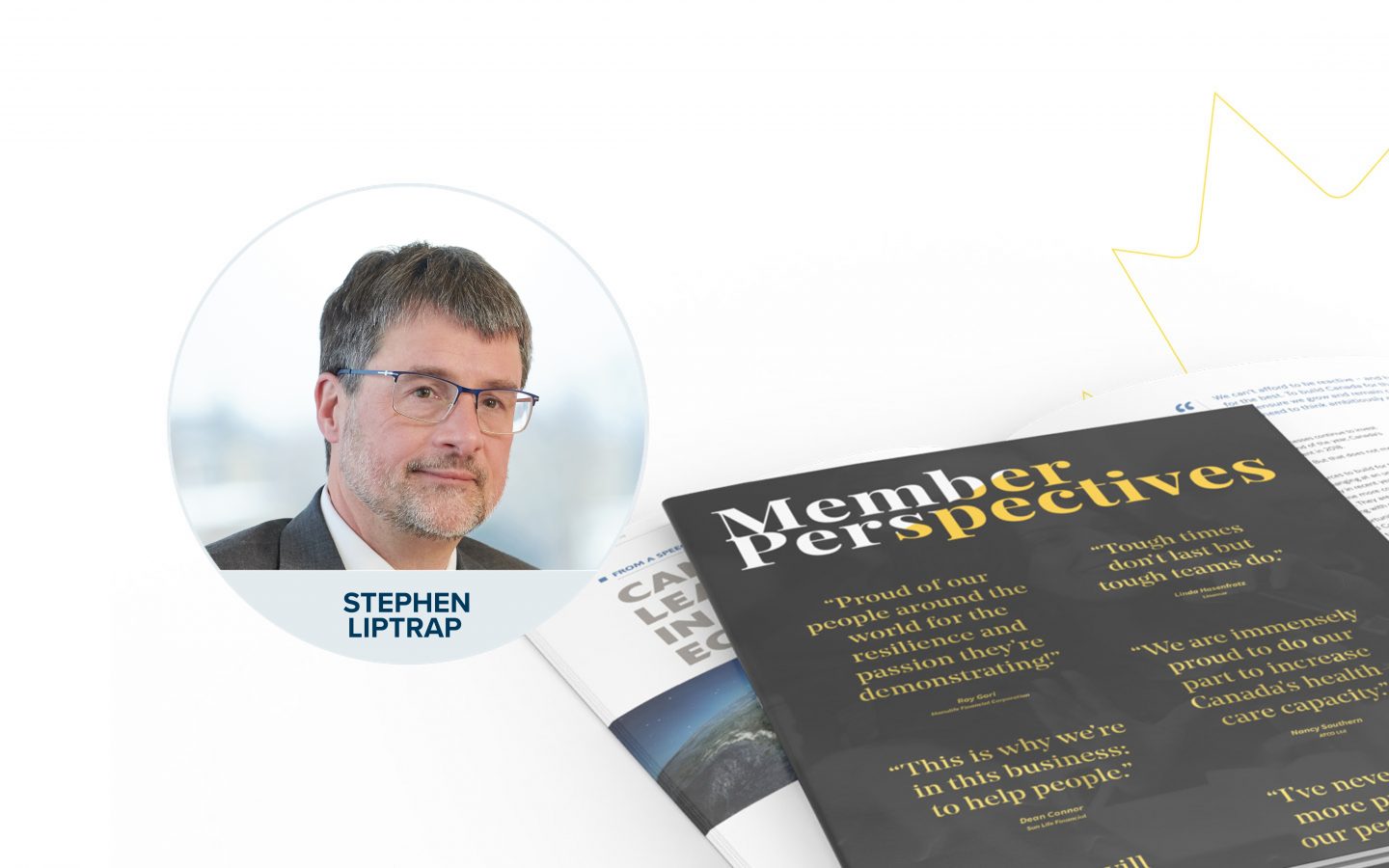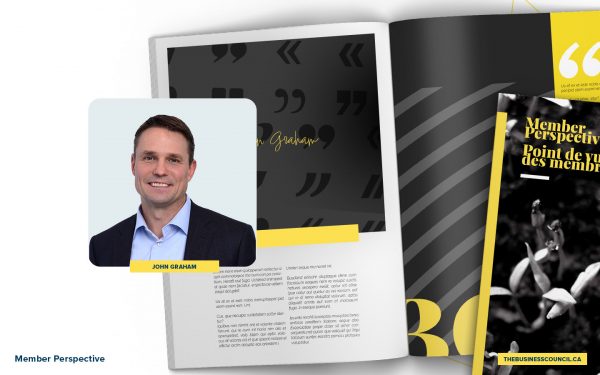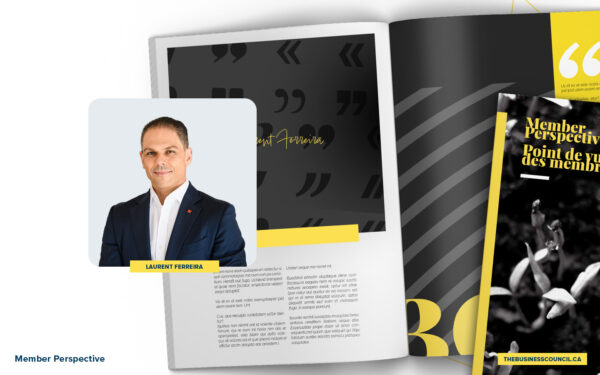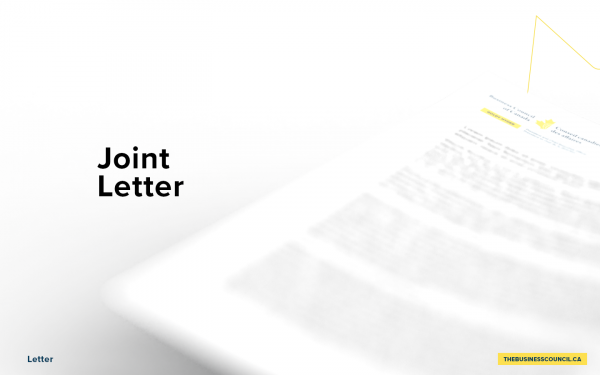Is your employee well-being strategy reaching its full potential? If not, here’s how to reach for the gold standard
As published by the Globe and Mail.
As the new year approaches, expect to hear more of what we’ve been learning in recent years about employee well-being as a strategic factor in creating a high-performing work force. Countless studies tell us that a happy and healthy employee is a productive one. Personal well-being is linked to making better decisions at work, being a team player, getting sick less often and higher work force engagement and retention.
Today we’re seeing organizations everywhere investing in well-being support areas such as mindfulness, on-site fitness and yoga, weight-loss and nutritional counselling, time off to volunteer, development sabbaticals and so on. But more dollars alone do not always translate into more value. Here are some common problems we’ve seen in employee well-being strategies and how to overcome them:
DEFINING WELL-BEING TOO NARROWLY AND TARGETING ONLY A FEW TYPES OF INDIVIDUALS.
Many programs conceive well-being as relating mainly to physical or mental health. Both are important, but achieving well-being goes considerably beyond that. Financial strain is a persistent source of stress that affects well-being. Having trusted relationships and a sense of belonging buffers many of life’s challenges, but conversely, when missing, negatively affects one’s mental and physical health. The point is, the best well-being programs support the whole person, and offer value to every individual in the workplace. While this is a lofty goal, it means understanding and addressing the foundations of total well-being, first and foremost, and then ensuring a continuum of care and support to address the full range of needs, everything from resources to maintain health and well-being, to in-depth intervention to support recovery from or the management of chronic illness.
PROGRAMS THAT DON’T EASILY FIT INTO THE PERSONAL LIVES OF PEOPLE AND/OR DEMAND INSTANT BEHAVIOURAL CHANGE.
Meaningful change happens in steps, not leaps. If the goal is too far from where you are now, impatience may lead to discouragement or result in relapse. Programs that involve lifestyle changes gain better adoption when they focus on “nudges” – incremental progress. Five minutes of deep breathing to reduce stress, not an hour. Walking an extra thousand steps a day, not running a marathon. Start small and go from there.
A similar problem is “9-to-5” programs that evolve mainly around the workplace. In our era of remote work and the decentralizing workplace, programs need to be easily accessible any time, anywhere. Services such as on-demand video or chat-based psychotherapy – as alternatives to face-to-face counselling – are especially helpful for people that are pressed for time, especially given long wait times for mental health support these days.
UNSUPPORTIVE ORGANIZATIONAL CULTURES WHERE BEHAVIOURAL NORMS RUN COUNTER TO WELL-BEING LOGIC.
Your well-being strategy needs buy-in from top leaders who directly shape how people function in your culture. If your leaders preach the merits of self-care and stress reduction, but create working conditions that achieve the opposite, you’ll soon have a credibility gap hard to overcome in promoting your well-being strategies. Also, don’t take for granted the power of leading by example. If you have a 10,000-step challenge and your senior leaders participate, the value of that far outweighs extra posters or e-mails exhorting others to participate.
PROGRAM COMPLEXITY AND FRAGMENTATION.
Many programs involve multiple vendors offering multiple programs. They start with good intentions but, in their execution, have too many coverage gaps and entry points or user apps that make the employee experience fragmented and the system administratively complex. Keeping it simple for everyone is an absolute must. Multiple programs are fine, only if there is one place for everyone to go for a seamless user experience. The absence of this increases the likelihood that people will fall between the cracks, because of the effort perceived in moving from one program to another.
Think how easy it is to stay on YouTube, moving from one video to another based on user recommendations, versus going from YouTube to Facebook then over to Instagram. Also, a single point of management makes program governance more efficient and sustainable for the HR team and increases the coherence of program data. Unifying your well-being initiatives through a single easy-to-use, mobile-friendly digital interface will make everything simple for users and administrators alike.
In summary, creating the gold standard for a well-being strategy is likely to be different for each organization, but all successful programs are based on these four principles:
- Adopt well-being strategies to support each individual.
- Establish well-being services across a broad, progressive continuum of support.
- Communicate with your people and demonstrate an investment to build trust in your commitment to their well-being.
- Integrate well-being initiatives so they are easy to access and administrate.
With this in mind as you push forward into 2020, you’ll be well on your way to improving employee well-being toward the goal of sustaining a high-performing work force.











